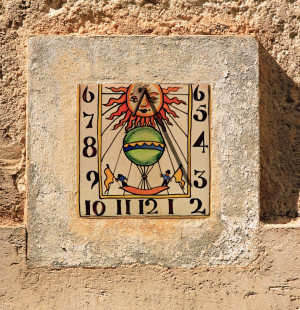The Amalfi Coast & Villages - Example
7 Nights
Walk Safely
A little guide to staying safe on a self-guided walk.
Setting out
Where there is more than one option tell the hotel staff which route you are planning to take.
Keeping to your route
Always use your route notes and maps in tandem. Your route notes are your principal guide and we strive to keep our directions as accurate as we possibly can, but never rely only on your notes as changes to waymarks and paths do inevitably occur – keep an eye on the map to ensure you know exactly where you are. Familiarize yourself with the scale of your map before you set out by locating places you can see - you will find it easier then to keep track of your progress.
It is absolutely essential to keep to recognised paths in forests and mountains – off the paths, the terrain can be hazardous or confusing. If you lose your way, lose sight of waymarks or encounter any other difficulty or danger, do not panic, and do not carry on (and certainly never undertake a steep ascent or descent if the route no longer matches the description in your notes). Try to retrace your steps to the last place you feel matched the notes and, if necessary, return to your starting point. The hoteliers will help to ensure you reach your next destination.
Steep, blocked or damaged paths
Always be alert to your route and walk carefully and attentively along narrow ridges and paths that are close to steep drops. Never proceed if you are uncertain or uncomfortable about the way ahead, especially if the weather is bad or the ground unstable and slippery.
If your path is blocked only climb over or find a way round if you judge you can do so safely and relatively easily, and never do this by a steep drop where there is a risk of falling. Turn back no matter how frustrating that might be. Similarly, never wade through water courses if you have any concern of slipping or being knocked over by the flow. Find an alternative way across.
Potential hazards
Sun and heat - the sun can be surprisingly strong even in cooler months and at altitude, and heat can be intense. It’s essential to drink plenty of water at regular intervals whilst walking to avoid dehydration. We suggest you start early, wear a hat, apply sun cream regularly, and rest in the shade at the hottest time of day if needed to avoid heat exhaustion. Don’t dive into cold water after walking in the hot sun.
Mist and low cloud - can close in very suddenly, causing otherwise straightforward navigation to become difficult. Never set out into steep or remote terrain in poor weather, or if it is forecast; heed any advice in our notes to take a lower route or use local transport to reach your next destination. However, if you are caught out in low cloud or mist:
- wrap up immediately as mist brings a sudden drop in temperature;
- never stray from a distinct path. If descending on a distinct path, you should be able to walk out of the mist;
- don’t continue uphill in bad weather, as the cloud could well be worse. If you are unsure and the path behind you is distinct, retrace your steps and return to a safe point along the route (road, village, shelter) or your previous night’s hotel;
- find shelter wherever you can and wait for the poor weather to pass, or take a marked escape route to lower ground.
Late-lying snow - is a potential hazard in the mountains, particularly in the early part of the season, and one not to be treated lightly. Only carry on if you are sure of your path and if you have good boots. Never cross barriers or ignore signs indicating that the path ahead is closed, even if the weather seems warm and sunny – snow can stick in gullies and shaded areas long after it has melted in other places.
Thunderstorms - are prevalent in mountains and can develop very quickly, particularly in the latter part of a warm, humid day. The basic rule during storms is to minimise the risk from lightning. Check your map to see if there is a refuge nearby and make for it. Descend to lower ground immediately if you are on a ridge, and shelter under rocks, large groups of trees, or squat close to the ground in the lowest part of a dip or hollow. Do not stand under isolated trees, near rivers or streams, or in cave entrances (which can contain ionic charges which attract lightning). Wear waterproofs (preventing water contact with skin). Place metal objects and (if feasible) mobile phones 5-10m away from you. Once in a safe place, stay put until the storm passes.
Fading light - try to descend to lower ground and head for a road and the nearest settlement on your map when you realise that you are not going to complete a route before dark – do not press on across hills or remote countryside hoping to make it. If you are caught out in failing light, look for shelter out of any wind – do not carry on or descend in the dark. If you have phone signal, call your next hotelier (Inntravel emergency number also an option) to let them know you are caught out on the hills describing your position as precisely as possible. You should carry a torch (with spare batteries) if your walk is in remote hilly or mountainous terrain.
Ticks - tick-borne encephalitis (TBE) and Lyme Disease both occur in forests and meadows in central, eastern and northern Europe during the summer months. Use a deet-based insect repellent effective against ticks. Avoid wearing shorts and short-sleeved tops in meadow and wooded areas, and wear long trousers tucked into socks. Check your skin at intervals when walking in likely terrain and know how to remove a tick safely if you find one. For more details see www.ecdc.europa.eu/en/healthtopics/ (search under ‘T’) & http://www.fitfortravel.nhs.uk/advice/.
Animals – if you encounter or are approached by dogs, stay calm, give as wide a berth as possible and walk on (don’t run) without turning your back. Avoid shouting, flailing your arms or trying to dominate a dog. Give herds of cows a wide berth and very definitely avoid getting between a cow and its young; if they approach you, wave your outstretched arms gently (farmers herd cattle all the time, so they expect to be moved around by people). Bulls are usually placid if they are in a field with cows, but if you find a lone bull in a field you should try to find another route. If you decide to walk through the field give the bull the widest possible berth and walk as quietly as you can (don’t draw attention to yourself by running). Snakes: there are two European species of viper. If you see a snake, stamp your feet at a distance to scare it off - it is unlikely to attack unless you approach it so that it feels threatened.
Raising the alarm
We have included in the opening pages of your walking route notes the number of the local emergency services, contact details of all your hoteliers and other providers, and the numbers for 24-hour emergency contact with Inntravel. You should carry these details with you at all times while you are walking. You should also carry details and contact numbers of your travel insurers, in case you need to contact them in the event of an accident.
Mobile phone: make sure it is set up for use abroad. Fully charge phones every day. If you are walking in a pair or small group and have more than one mobile phone between you, turn off all but one of the phones at a time to extend battery life. Dial 112 for emergency help. Remote areas may have poor or no reception – send a text to anyone you know where reception is poor as texts require less signal. If your phone indicates emergency calls only this means you cannot receive incoming calls.
We also recommend carrying a good, loud whistle for use in an emergency. Give six loud blasts to summon help, or 3 short blasts, 3 long blasts, 3 short blasts (i.e. SOS). The ‘message understood’ response is always 3 short blasts (or 3 short flashes of a torch).
If a rescue helicopter passes you, there are standard signals. To ask for help, lift both arms above your head. To refuse help, lift one arm while keeping the other lowered.

Emergency Contacts
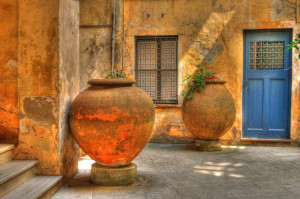
Accommodation Contacts
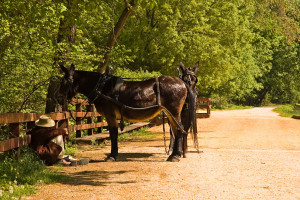
Taxis

Travel Info
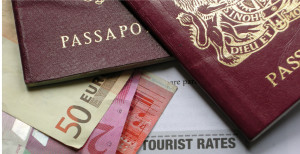
Practicalities
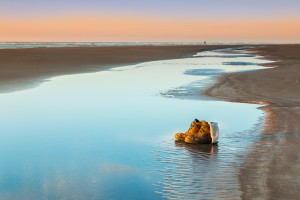
About Your Holiday
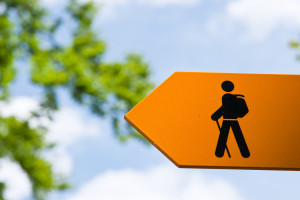
Walk Safely
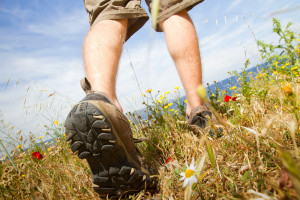
Walking Grades
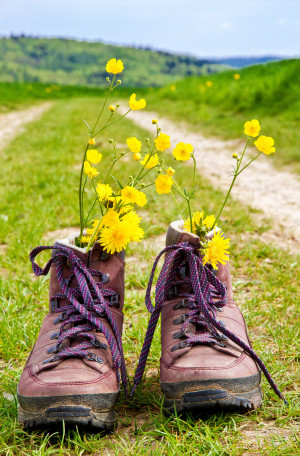
How to use our walking notes

GPS Navigation
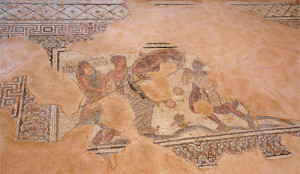
The Amalfi Coast – A short history
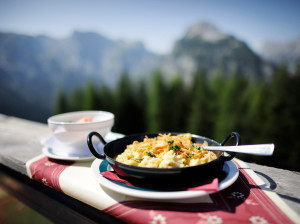
Food & Drink
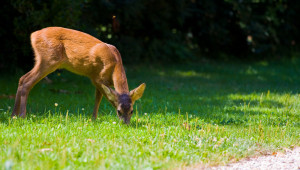
Flora & Fauna
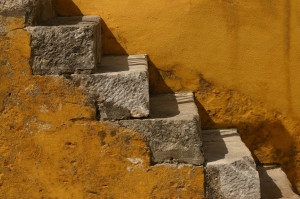
Local Landscape & Architecture
